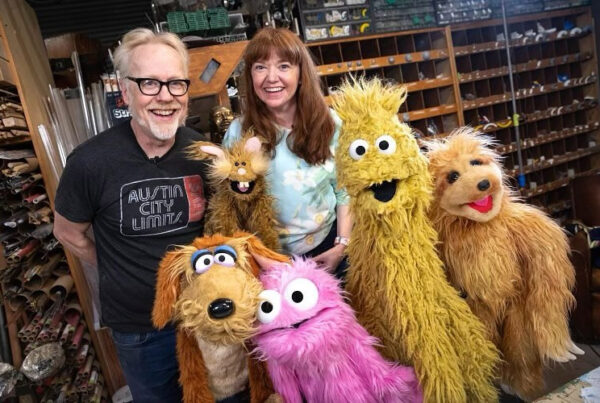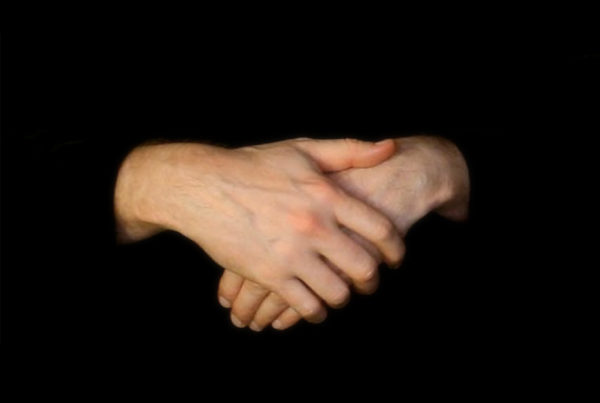Late last year, the always-insightful Mark Mayerson posted a really interesting article on his blog about why audiences prefer films that present themselves in a way that closely resembles their world as they perceive it everyday. Using the Oscar winning silent film The Artist as a starting point, Mark makes the case that “throwback” films that use older production techniques exist more out of nostalgia than necessity:
Silent black and white films existed due to technological obstacles. Early sound and colour systems were unreliable, producing results that clearly failed to meet the audience’s standard. Without sound and colour, films compensated with the use of orchestral scores in the larger cities, increasingly sophisticated photography and a style of directing, acting and editing that communicated characters’ thoughts clearly to international audiences…
…Audiences embraced sound and colour because it brought film closer to their own perception of the world. Sound became omnipresent in film by 1930. Colour, due to cost, took considerably longer…what I think sounded the death knell for black and white film was color TV. So long as people were watching black and white at home, they would accept it in films. Once color TV was widespread, a black and white film somehow seemed cheap. And truthfully, the majority of black and white films in the 1960s lacked color due to budget restrictions.
Much to the horror of traditional animation purists I’m sure, Mark goes on to make the case for why audiences may actually prefer 3D animation over 2D and lately I’ve been thinking about how this idea might apply to puppetry. While there’s no question that puppetry’s overall popularity has surged in the past decade or two, it’s worth noting that many of the most popular examples of “mainstream” puppetry – at least in film and television – have involved puppets deliberately subverting the art form, its limitations and conventions (think Avenue Q, Team America and special “puppetized” episodes of popular TV shows like 30 Rock and Angel.
Should puppeteers focus on creating puppetry that better represents how audiences perceive their everyday world? After all, isn’t the success of Warhorse largely due to the fact that while its horses are quite obviously puppets, they are performed in a hyper-realistic, extremely natural manner that makes the audience forget that they are watching puppetry?
I’ve long thought that more “realistic” (for lack of a better term) puppet manipulation and more expressive puppets are probably the way forward for puppetry as an art form. The more grounded a puppet is in an emotional or physical reality, the more I believe that an audience will identify and invest with it emotionally. When an audience invests in a character they’re all also invested in its story, and that usually translates in to more successful projects.
So how, exactly, do we achieve this? Well, as it just so happens, I’m kind of making a movie about that.



